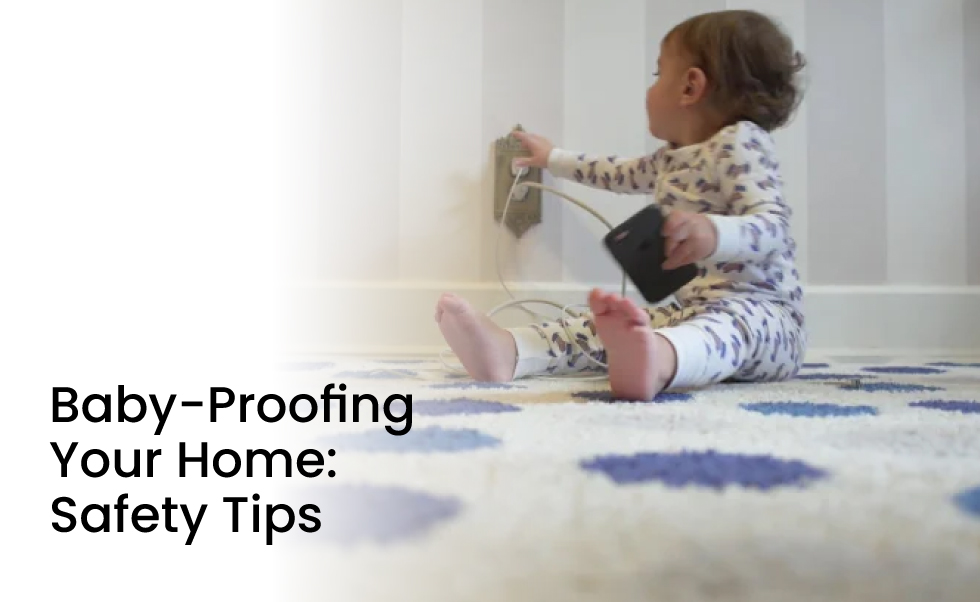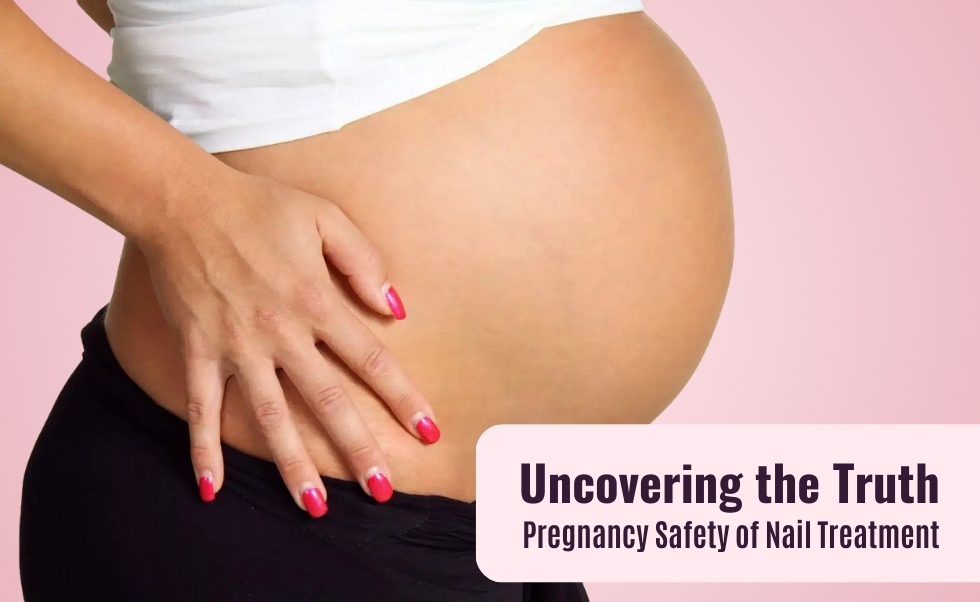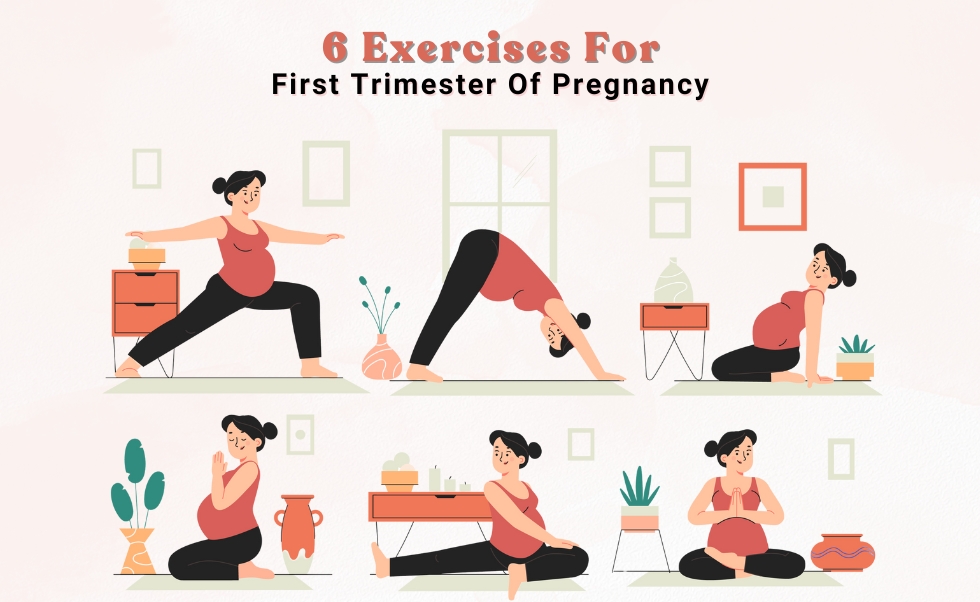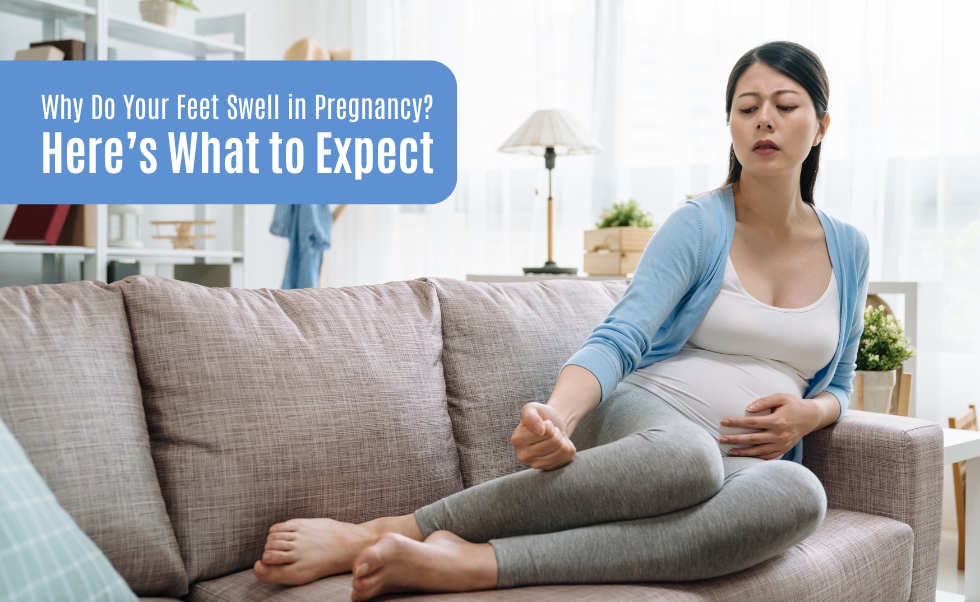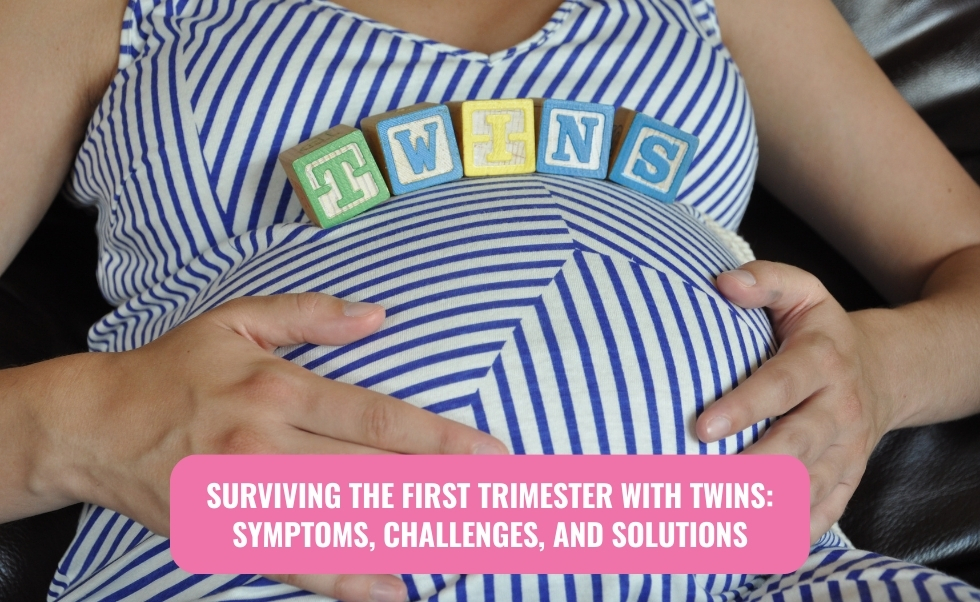It’s an incredible journey to witness your baby evolve from a tiny, sleepy pearl into a lively, active explorer. The thrill of seeing them grow and move around is unmatched. This stage of their life, filled with curiosity and exploration, is a joy to participate in. But now is also the moment when you should be the most attentive.
As your child starts to touch and move everything, especially when you’re not watching, it’s crucial to take proactive steps. This is when you need to start ‘baby-proofing’ your home. Baby-proofing makes your home safe and secure so your baby can explore without injury. It involves identifying potential hazards and taking steps to prevent accidents.
When should You start babyproofing?
Being proactive is always a wise choice. While most parents start baby-proofing their homes when their children start making significant movements, taking the initiative before anything happens can help you stay ahead of the game and feel more in control of your child’s safety.
Suppose you can start baby-proofing your house even before the baby arrives. It will allow you to focus on all the possible details and do it carefully without pressure.
The Nursery
Your baby is probably spending a lot of time in the nursery sleeping and playing, and this is where all the care for your baby will be done. The first thing you want to do is paint the nursery early on, even before your baby arrives.
- All the heavy objects in the nursery should be anchored on the wall and far away from your child’s crib to prevent sudden falls or your child’s trigger to lean or grab onto them.
- Periodically check the condition of your baby’s cribs, ensuring no cracks or sharp edges.
- When your baby starts crawling or climbing, lower the crib bed to prevent your baby from climbing out of it.
- Use a ‘non slip pad’ beneath your rugs. A non-slip pad is a mat that prevents rugs from sliding on smooth surfaces, reducing the risk of your child slipping and falling.
The Living Room
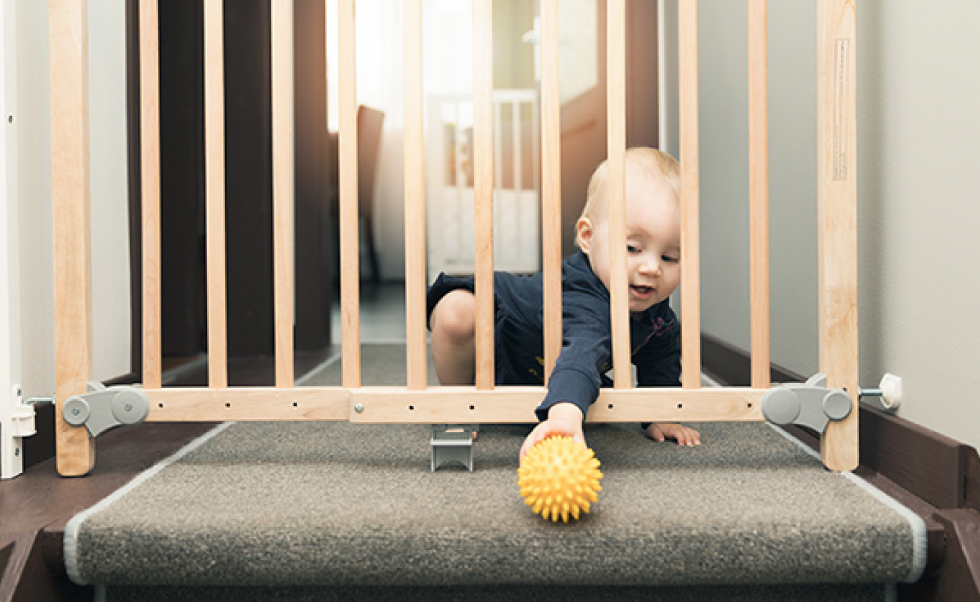
Most homes have set apart the living room as the palace of entertainment and winding down. It is often personalized to suit the taste of home wonders with lams, cabinets, fireplaces, flower vases, and many other movable things.
In your child’s eye, all these are grounds for fun.
- Start baby-proofing your living room by removing all unnecessary standing objects, such as tall lamps, flower vases, or any other items your baby could reach or knock over. Tuck them away behind furniture far from your baby’s reach. If possible, anchor them on a wall.
- Remove all game controls and remotes from the way and keep them far away from your child’s level. ‘ ‘Level” in this context refers to the height your child can reach or access objects. If there are any other tiny objects, like keys, batteries, or other small items that your child could potentially swallow, make sure they are also kept out of your child’s ‘level ‘.
- Cover all furniture corners with pads, and add pads to locks and fireplaces. If there are any electrical cables out, let’s cover them as well.
The kitchen
The kitchen is the most dangerous place for babies when it is not baby-proof. Many things in the kitchen, such as sharp utensils, hot surfaces, and cleaning agents, can threaten your baby’s safety. It is often tempting for children to venture around and put everything in their mouths, making ensuring the kitchen is a safe space for them even more important.
- Put a latch on all the cabinets, as it is easy for children to want to explore the cabinets in the kitchen.
- Make sure that your kitchen table is firm and always. All food materials, whether hot or cold, should be removed from the table’s edge.
- Keep all dish soap, detergents, knives, spoons, and other dangerous kitchen equipment.
- Suppose you have pets in the house, but their food is far from your child’s sight. Ensure that spills are kept in the kitchen all the time.
Bathroom and laundry room
The bathroom could be one of your child’s favorite places because water is everywhere, and most children love water. However, the bathroom also poses several risks to your child’s safety. Cleaning agents and medications are often stored in the bathroom, as well as hot water and slippery surfaces.
It’s important to prevent your child from accessing these hazards.
- Ensure all cleaning agents are not on the surface, seal them, and lock them in secure cabinets.
- Cover the toilet seats, and if there are any heating apparatus, such as irons and hair dyers, ensure they are all unplugged and away.
- Latch your trash can and keep it away from your child.
Final advice
As children grow, they become extremely curious and often use their mouths to explore and experience what they see. Even though there are professional services for baby-proofing your home, doing it your way or in your presence is crucial. You are the one who knows your child best; you know the kind of dangerous things they like to play with. Trust in your ability to create a safe environment for your little one.

